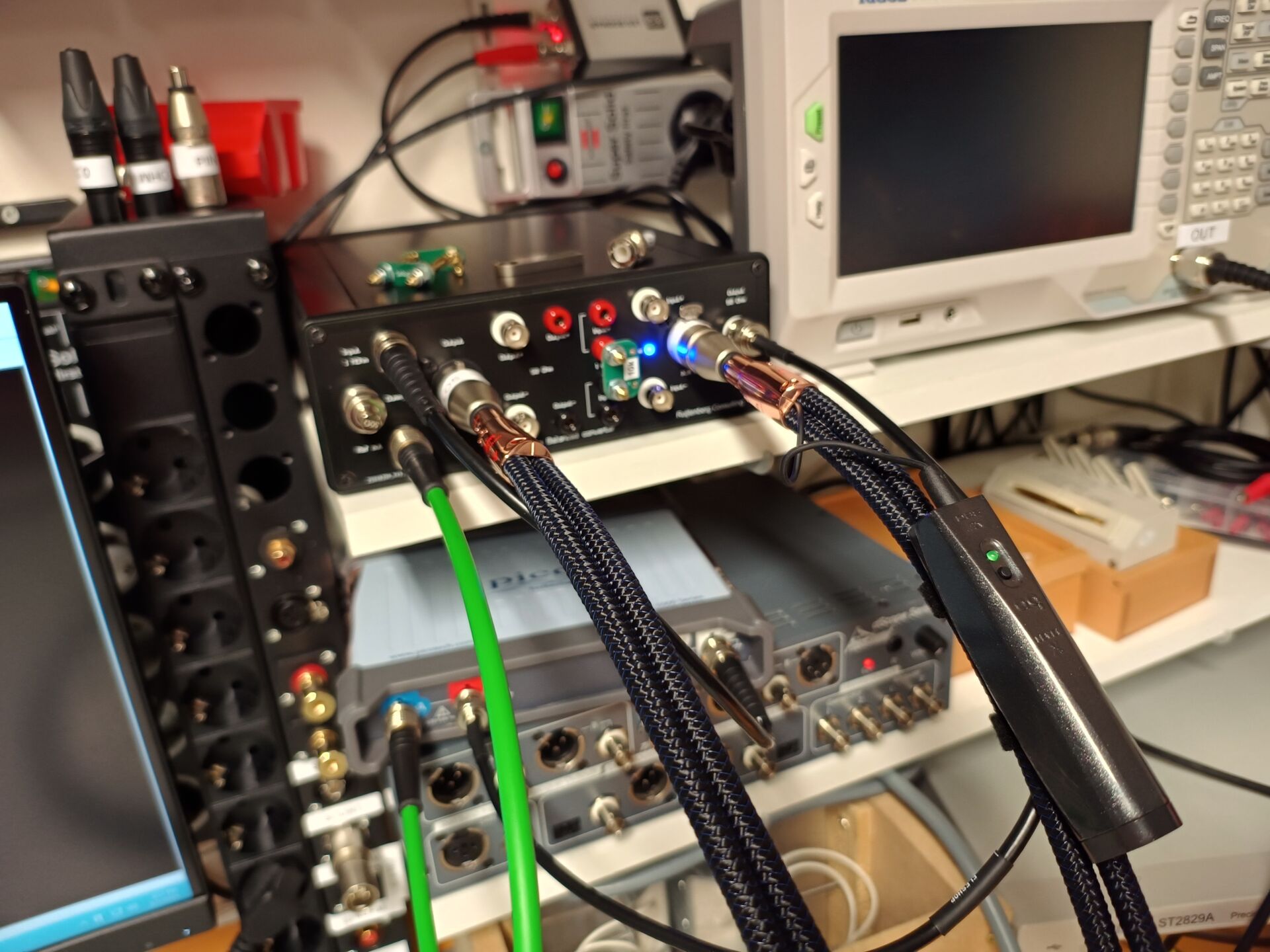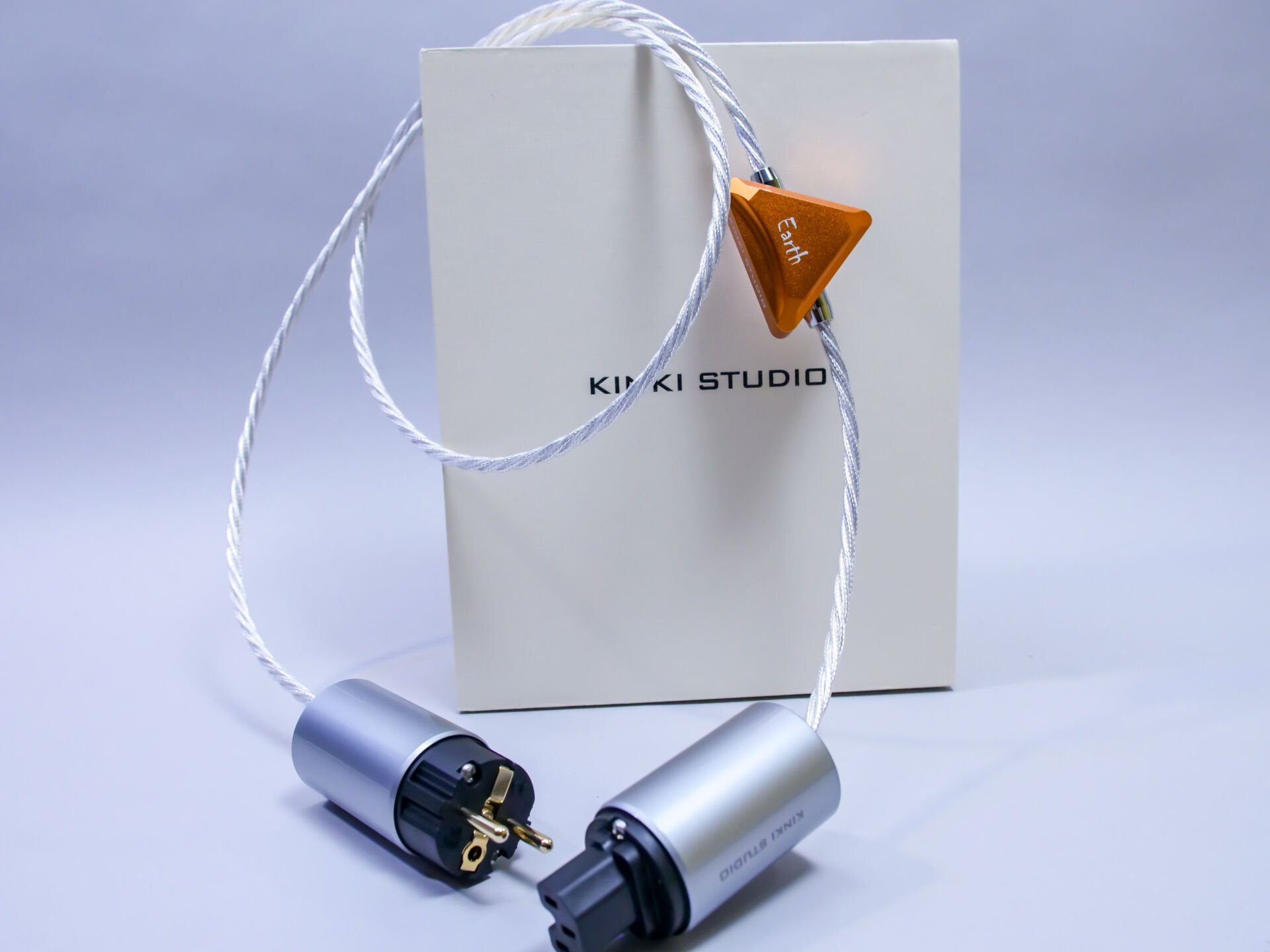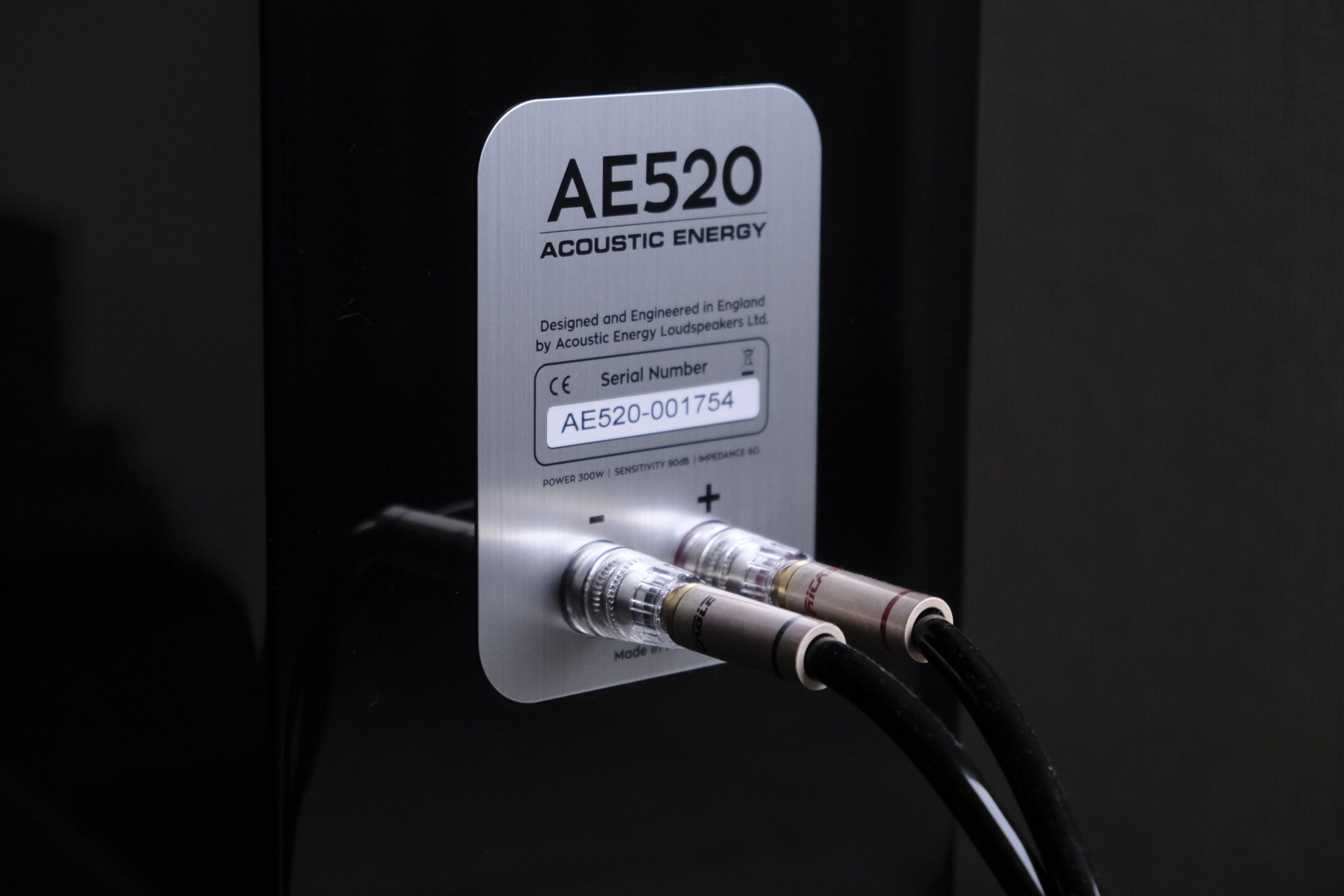

The story around speaker cables that we recently published has stirred up quite a bit. With us, but also with designers who, in response to our questions and findings, began to ask about various combinations and influences. Think about the influence of a speaker on the results. Or a combination of amplifier and speaker. In short: back to the measuring room!
We grabbed three amplifiers, three speakers and three speaker cables for this test. The setup was the same as in the speaker cable test. Or in other words:
- The Prism dScope III sends a sweep into an amplifier (through an XLR cable this time)
- The amplifier sends the signal to a loudspeaker via a speaker cable
- The speaker terminals are connected to the analog input of the Prism dScope III
- The Prism dScope III makes a graph of the response
What we compared in the measurements below is:
- The influence of speaker cables on frequency response.
- The influence of another speaker on that result (different impedance behavior)
- The influence of a power amplifier on the whole (does a different amplifier, give a different response?)
- The interaction of cable, speaker and amplifier
All measurements
To give you an idea in one overview of what cables do on all amplifiers and all speakers, we have put everything in one big graph. This is of course not very nice to read, but what we see is that the cables largely follow the same ‘curve’. Regardless of the amplifier. Of course, each speaker has its own curve, but you will see later how that works out.
Yamaha A-S2200
Looking at all the cables and speakers on the Yamaha, we see similar results as in the big speaker test: the Shunyata is the most ‘stable’, the Van den Hul has more high extension and the Supra scores somewhere in between. The ‘hump’ in the Bowers is noticeable, but we see it with all the amplifiers. It shows itself also earlier than the ‘high extension’ of the van den Hul. In short: no big surprises here. The cables retain their signature and characteristic, regardless of the speaker.
Bryston PowerPro
The Bryston and Yamaha are very similar when it comes to response. The graphs are practically the same. The Bryston has slightly higher peaks than the Yamaha, but it is almost negligible. We haven’t listened to these amps A/B, but we imagine they are very similar in terms of response (not in terms of smoothness or imaging, those are other things). Not entirely surprisingly, we see similar results to the Yamaha.
Eigentakt EVAL2 mono
The Eigentakt EVAL2 is a remarkable amplifier. It practically pulls – in combination with the Shunyata – the Sonus faber straight. The amplifier is pretty immune to the speaker, we see. Impressive. Again, we see the same cable characteristics reflected: the Shunyata the most straight and the Van den Hul a little more high extension (although less so, as the Class D Eigentakt needs filter at the output.). The hump at the Bowers is also notable here. It shows itself before the Van den Hul’s “high extension” begins.
Overview All Speakers
In these overviews you can see all the measurements for each speaker. This clearly shows that the cable characteristics are preserved per amplifier on the same speaker. Admittedly, the Eigentakt shows more treble time after time (until it is filtered out). However, the curves of the cables remain visible. Below are a couple of graphs where we overlaid response of the three cables – on a Bryston ProPower power amplifier – and impedance and phase. That also provides some nice insights.
You can clearly see that as the impedance and phase increase with the Lumina, the response in the treble drops. The same is visible with the Teufel Definion 3S…. Phase and impedance rise… response decreases.
Note: the frequency response scale is relative .
Indeed, exports to Excel from the Prism are a bit odd. 1 line is half a dBu (so 0.5dBu). Also, the graphs do not fit perfectly on top of each other, because the logarithmic scale of the Sourcetronic differs from that of the Prism in this case (Sourcetronic measures from 20 Hz, Prism standard from 5 Hz; we are not going to measure everything again ;-)). So this is purely for information purposes
Van den Hul – Inspiration Hybrid
If we filter out all the amps on the Van den Hul by speaker, it can be seen that the Eigentakt responds a bit differently in the treble. It pulls the whole thing through more nicely (straighter). From 10 KHz and down it is fairly equal. There the amplifiers just follow each other. The only speaker that deviates here – due to the ‘bump’ in the high frequencies – is the Bowers & Wilkins 702.
Supra Sword 3
We see similar behavior with the Supra. The effects of the amplifiers are visible. Especially with the Eigentakt which reacts differently starting at 10 kHz. Again with the Bowers & Wilkins the behavior is slightly different. The pattern in the high range is slightly different with the Van den Hul. The Supra peaks more there, which is surprising. But perhaps also explainable if we dive deeper. The Van den Hul is a bit smoother with the Bowers than the Supra (the VdH has a lower impedance…?).
Shunyata Venom X
The Shunyata looks like a correction filter when we look at the graphs. Almost everything is practically straight when we compare it to the other two. What exactly Shunyata does, we still don’t know. But it is extraordinary. Even amplifier influences are less. Yes: we see líttle more treble with the Eigentakt, but not as shocking as with the other cables. The ‘Bowers bump’ is however also visible with the Shunyata. That is just in the characteristic of the 702 S2, we guess.
Conclusion
Does an amplifier affect a speaker? Yes. 100%. However, a little less than we thought. The Eigentakt has visibly and measurably more grip on the speaker than both class AB amplifiers. We did not try all amplifiers, so do not consider this as something absolute. In this test with these amplifiers and speakers , we have seen that.
Do cables affect frequency response? Yes. That too is visible and measurable. In particular, the Shunyata deviates in a positive way. And this cable does so in all cases. Your author believes that it has been proven that a cable has an influence. In our tests it is about values of sometimes 0.5 dBu. That is audible. Is it worth a serious investment? We’ll leave that up to you.
Do the results differ when we change speakers? Yes and no. The response measurement changes, of course, but the cable influences remain relatively the same in most cases. The Bowers 702 does respond slightly differently in the high range when we look at the Supra and Van den Hul. But the Shunyata is again quite constant. With the Sonus Faber and Teufel, the effects proved predictable.
















































I find the made conclusions kind of strange looking at the data and relating that with Psychoacoustics. If you look at the measurement data after normalization (I just did the process in my head but you could do it properly with software) the differences are more like 0.1db instead 0.5db. Normalization is needed as for example the “Shunyata Research Venom-X” has about 1/10th of the resistance of the other 2 cables causing a slight gain difference, something that would be of no importance in an audibility comparison as one would just turn up his amplifier for proper gain matching. Even if that was the case the claim “Your author believes that it has been proven that a cable has an influence. In our tests it is about values of sometimes 0.5 dBu. That is audible”, would still be a stretch as we know from common psychoacoustics theory the Just noticable difference for amplitude differences is said to be around 1db (https://en.wikipedia.org/wiki/Just-noticeable_difference). As the measurement data shows a difference after normalization of more like 0.05db-0.1db depending on the cable I wouldn’t call that audible nor important differences.
I find the made conclusions kind of strange looking at the data and relating that with Psychoacoustics. If you look at the measurement data after normalization (I just did the process in my head but you could do it properly with software) the differences are more like 0.1db instead 0.5db. Normalization is needed as for example the “Shunyata Research Venom-X” has about 1/10th of the resistance of the other 2 cables causing a slight gain difference, something that would be of no importance in an audibility comparison as one would just turn up his amplifier for proper gain matching. Even if that was the case the claim “Your author believes that it has been proven that a cable has an influence. In our tests it is about values of sometimes 0.5 dBu. That is audible”, would still be a stretch as we know from common psychoacoustics theory the Just noticable difference for amplitude differences is said to be around 1db (https://en.wikipedia.org/wiki/Just-noticeable_difference). As the measurement data shows a difference after normalization of more like 0.05db-0.1db depending on the cable I wouldn’t call that audible nor important differences.
I just commented about this article on the Audio Science Review forums
https://www.audiosciencereview.com/forum/index.php?threads/video-called-hear-sound-loss-in-speaker-cable.35121/page-2#post-1289411
Thanks for sharing! Kimber maken excellent cables.
I just commented about this article on the Audio Science Review forums
https://www.audiosciencereview.com/forum/index.php?threads/video-called-hear-sound-loss-in-speaker-cable.35121/page-2#post-1289411
Thanks for sharing! Kimber maken excellent cables.